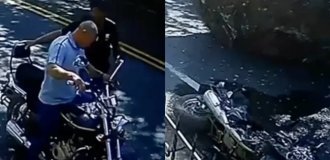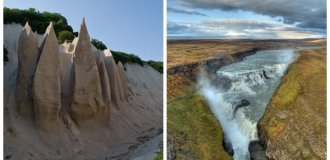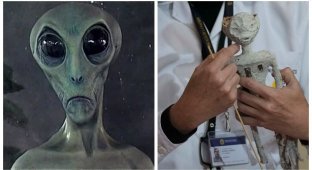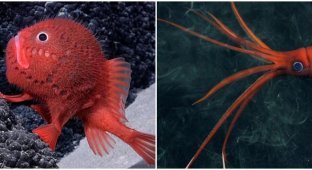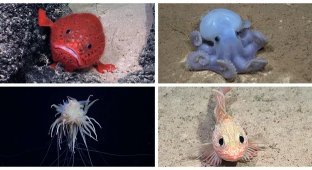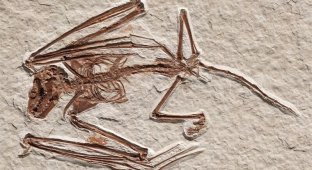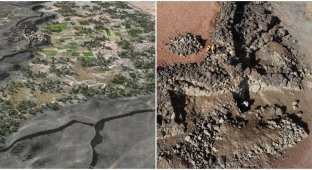More Than 300 New Geoglyphs Found in Peru's Nazca Desert (9 photos)
For nearly 100 years, scientists have been puzzled by the famous Nazca Lines, ancient patterns found in the desert soil of southern Peru. Now, thanks to artificial intelligence, researchers have discovered 303 more, and they may be the strangest and most bizarre yet. 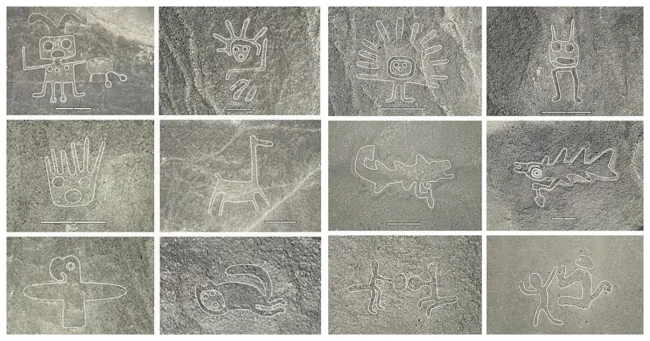
The geoglyphs include alien-like figures, knife-wielding killer whales, cats, camels, and even a robot-like figure from Pixar's "Wall-E."
These photos show some of the new discoveries. The images have been hand-painted to highlight the original lines, which have faded due to erosion. 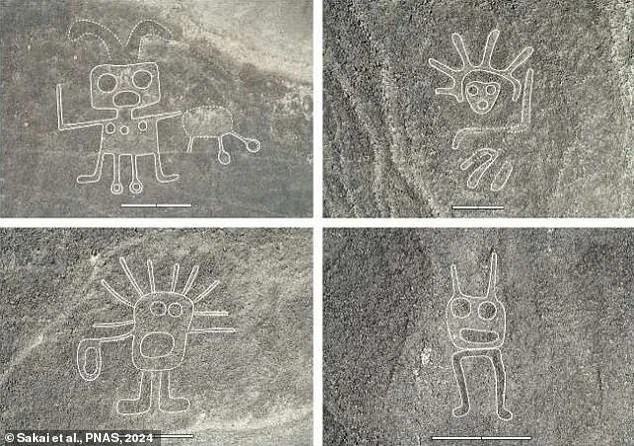
Wall-E figure (top left) and other alien-like images
The mysterious Nazca glyphs may date back to 400 BCE, but scientists are still unsure of their exact purpose, if they even existed. 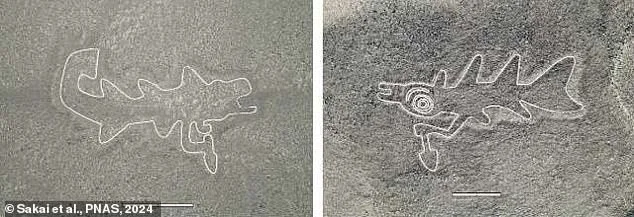
Image of killer whales holding knives
A team of researchers from Yamagata University in Japan and IBM's Thomas J. Watson Research Center in New York has published a detailed report in the Proceedings of the National Academy of Sciences detailing 303 new discoveries in the Nazca region.
"It took nearly a century to uncover a total of 430 Nazca figurative geoglyphs, which provide valuable information about the ancient cultures of the Nazca Pampa," their paper says. “Today, we are pleased to report how the deployment of an AI system across the entire UNESCO World Heritage Site of Nazca led to the discovery of 303 new figurative geoglyphs in just six months of fieldwork.”
The researchers used IBM AI to scan aerial photographs of the Peruvian site. The tool is capable of identifying features in the landscape that would be invisible to the human eye. 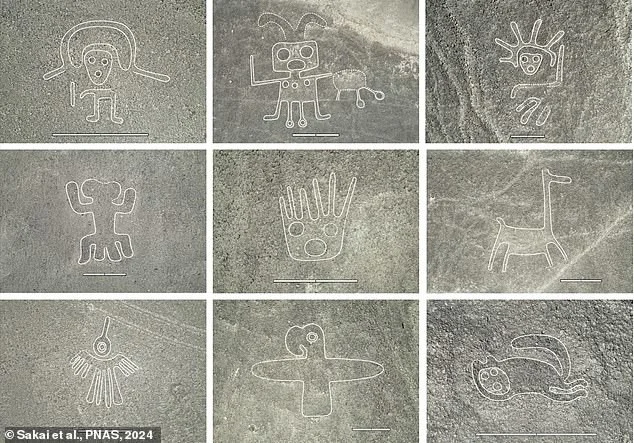
Of the 303 newly discovered geoglyphs, 178 were suggested by AI that was trained to search for them from drone photographs.
These drawings depict a variety of creatures, from wild animals like killer whales and domesticated camels to alien-like humanoids.
There are also images that resemble pairs of primates playing together. For example, one pair holds balls, while the other has large tails. There is also a cat with a surprised expression on its face.
Many of these creatures are difficult to classify, but they seem to show various distorted forms of the human figure. For example, you can see a head with spiky hair and another head on a pair of legs. 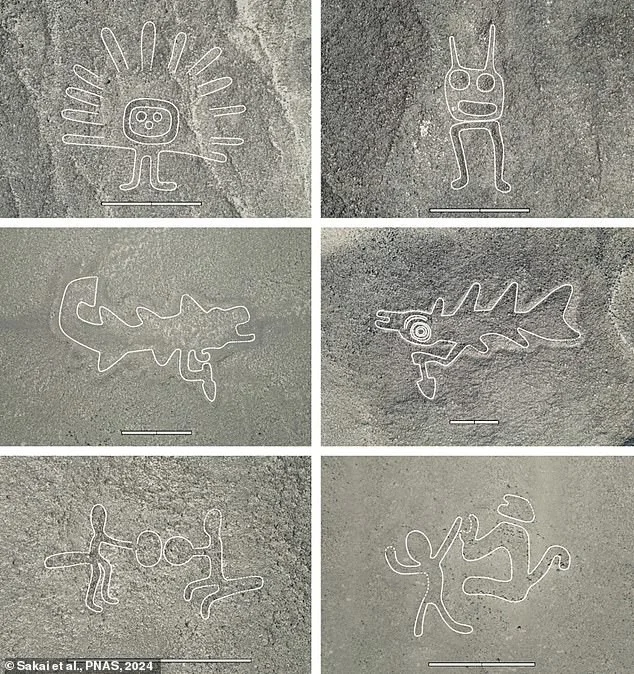
However, the true purpose of the mysterious Nazca Lines has long remained a mystery to archaeologists.
Some believe that they served as a kind of observatory, indicating the places of sunrise and sunset and other celestial bodies on the days of the solstices. 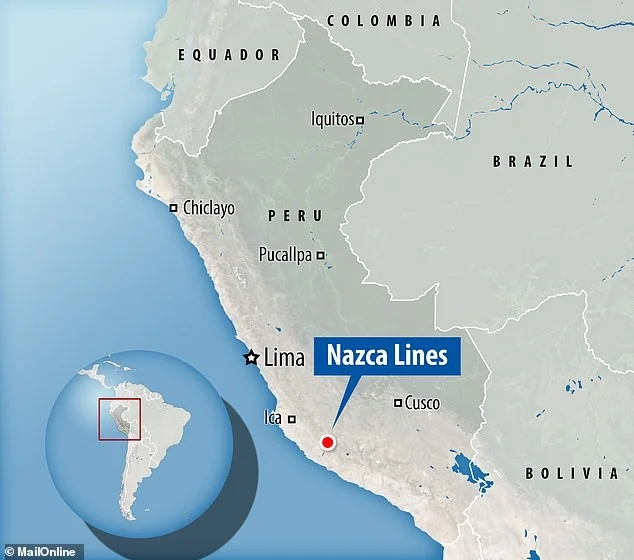
Other theories suggest that they were created so that the gods could see them in the sky, but they could also simply be works of art, much like the ones we see today.
Often, geoglyphs are too large to be seen from the ground. Only when a person gets high enough in the air can they discern the shapes of some of the designs.
Because of this, the intricacies of many of the designs were not fully understood until airplanes came along and the artwork became visible from above. 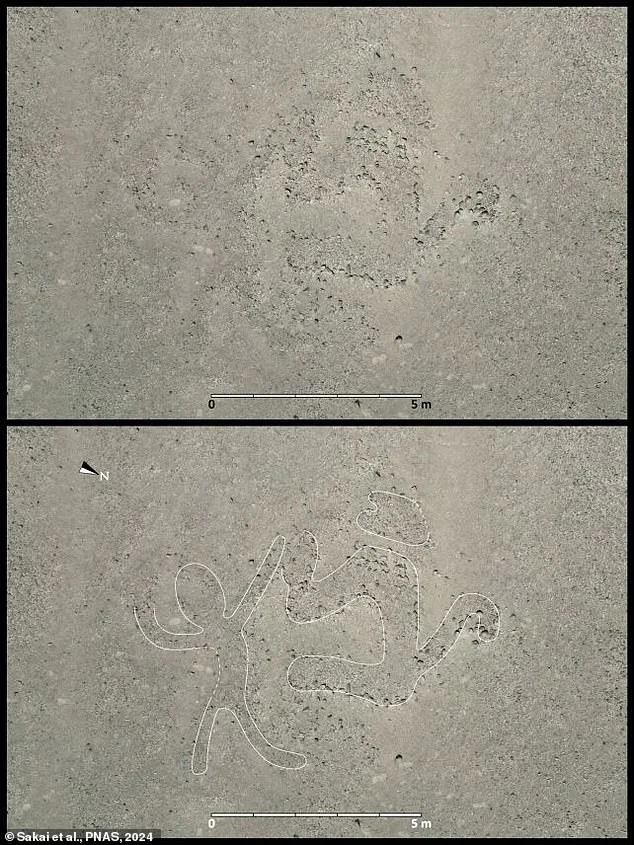
The photos released show some of the new discoveries, with hand-added lines to highlight the original lines that have faded due to erosion 
He looks just like Homer Simpson! (discovered by researchers earlier) 
Spider geoglyph in Nazca. The figure is about 46 meters long and consists of one continuous line
The Nazca Lines were probably first spotted in 1939, when a pilot flew over the coastal highlands of Peru, where the famous Nazca plateaus are located. However, locals may have seen them on the hilltops much earlier. Contrary to popular belief, many of the figures can be seen not only from the air, but also from the surrounding foothills.
According to the researchers, IBM’s artificial intelligence could help discover even more geoglyphs – perhaps thousands. “Artificial intelligence may be on the verge of a revolution in archaeological discovery similar to that brought about by aerial photography in the field,” they write in their paper.

